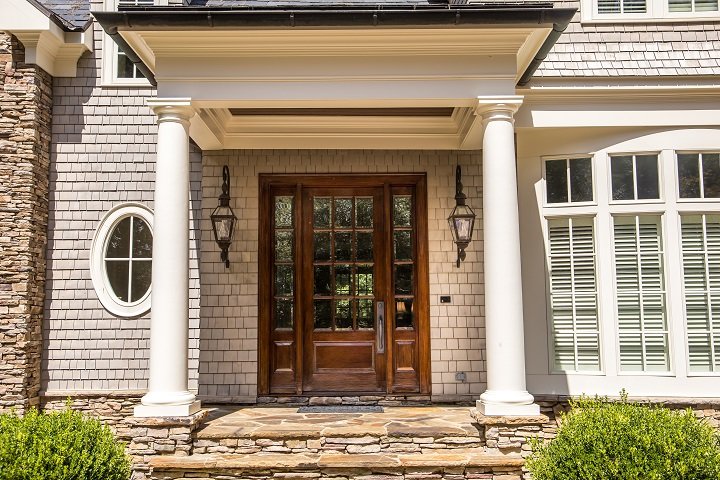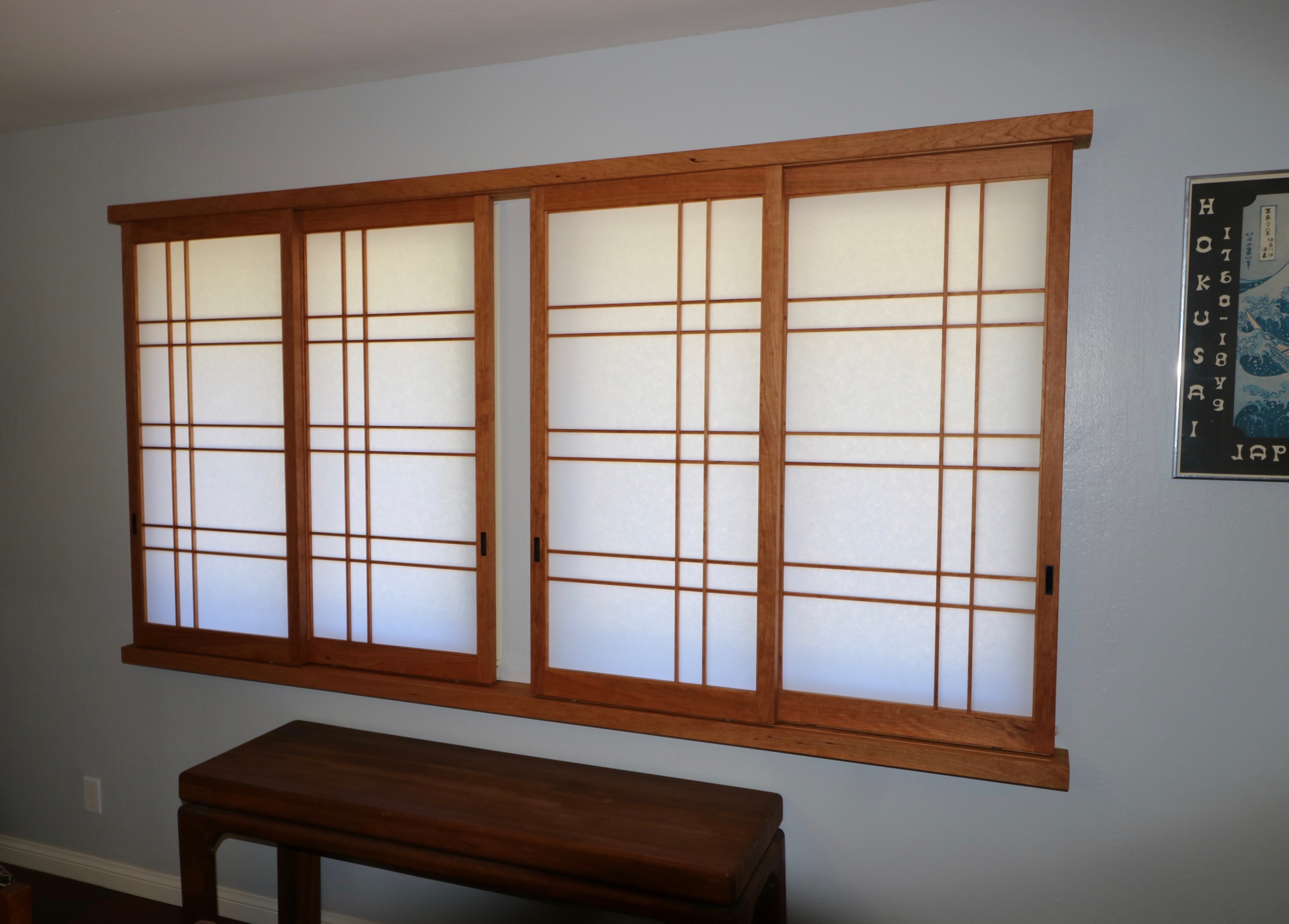Japanese Wood Architecture: Design Elements for Modern U.S. Interiors
Japanese wood architecture is a testament to simplicity, precision, and culture. Rooted in centuries of tradition, the style offers insights for modern design practices as it blends beauty with functionality.

As contemporary U.S. homes and businesses seek to create aesthetic environments, the integration of Japanese wood architecture presents an opportunity to achieve balance. Japanese design principles and techniques can be applied using locally available materials and resources, all without requiring direct access to these Japanese sources.
Japanese Wood Columns: Pillars of Design
In the architectural landscape of Japan, wood columns symbolize strength, stability, and tradition. The hinoki cypress, known for its durability and beauty, is frequently chosen for these columns. Exposed within the design, these columns highlight both the visual and structural integrity of the wood.
For U.S. interiors, while hinoki cypress might not be readily available, close alternatives like Sapele or African Mahogany offer similar qualities.
Sapele, features fine grain and warm tones and is ideal for creating the open, airy feel that Japanese architecture embodies. Similarly, African Mahogany provides a smooth, rich finish that mirrors the aesthetic of traditional Japanese columns. Both options are durable and versatile, suitable for high-end interiors.
Incorporating Japanese-inspired wood columns can transform spaces, making them feel open, airy, and connected with the outdoors. The approach to architecture aligns with contemporary trends that emphasize clean lines, natural materials, and an organic flow between indoor and outdoor environments. Strategic placement of these columns can define spaces, frame views, and enhance the aesthetic of the room.

For architects and designers, utilizing Japanese-style wood columns with locally sourced materials like Sapele or African Mahogany can introduce a sense of calm and balance to American homes, honoring tradition and enriching modern spaces.
Japanese Joinery: U.S. Interiors Featuring Dowels
Japanese woodwork is known for its precision, particularly in joinery. Techniques that utilize wood dowels to create strong connections without the use of nails or screws are a hallmark of this tradition. These methods ensure both strength and an emphasis on the purity of design.
In the context of modern U.S. interiors, dowels can be used in a variety of applications to enhance both functionality and visuals.
For North American adaptations, woods like maple and oak are excellent choices for dowel joinery. Maple has a dense grain, which provides the strength needed for seamless construction. Oak offers durability and a grain pattern that complements minimalist design. Additionally, American cherry can be a great option for dowel-based designs if you’re seeking warmth from your wood.
- Furniture Assembly: Dowels are perfect for high-quality furniture construction, joining wood pieces without visible fasteners. This technique creates sturdy, durable furniture, free from the distraction of screws or nails. The Japanese principle of monozukuri, or the art of dedicated craftsmanship, is reflected in the precision of dowel joinery. For American homeowners, selecting furniture that utilizes this method ensures long-lasting, beautifully crafted pieces.
- Architectural Elements: Beyond furniture, dowels play a critical role in the construction of screens, partitions, and wall paneling. Traditional Japanese Shoji screens, with their wooden frames and rice paper panels, use dowels to make up their structure. In modern U.S. settings, similar wooden screens or partitions made from basswood or poplar can define open-plan spaces. They offer privacy while maintaining an open feel in the room.
Dowels can also be used in wall paneling, which adds depth to the design. Whether in residential or commercial interiors, dowel-constructed elements can enhance the visual appeal of the project you are working on.

The Role of Finials
In Japanese architecture, the finial is a small but significant detail that is both decorative and protective. Traditionally carved from wood, finials often feature designs that reflect cultural symbols, such as lotus flowers or mythical creatures.
In North America, oak and walnut are ideal wood types for crafting intricate finials that adorn wood railings, newel posts, or furniture. These hardwoods possess the fine grain and durability necessary for detailed carvings. This makes them perfect for custom designs. The inclusion of wood finials in contemporary settings can serve as a bridge between traditional and modern aesthetics.
For example, adding finials to the tops of wood balusters or newel posts can elevate an otherwise standard feature. These finials can be tailored to complement the design language of the space. By focusing on these details, designers and homeowners alike can upgrade their interiors with ease.
Conclusion – Incorporating Japanese Wood Architecture into Modern U.S. Design
Incorporating elements of Japanese wood architecture into U.S. interiors is both a design choice and an opportunity to connect with a centuries-old tradition. Japanese design values simplicity, craftsmanship, and enduring beauty. These principles translate seamlessly into modern spaces, especially when using materials like Sapele and African Mahogany to bring the spirit of Japanese architecture into U.S. homes.
For high-quality, custom wood products, consider ordering from H. Arnold Wood Turning. Our 100+ years of industry experience and range of custom options ensure you’ll find the perfect fit for your staircase project. Reach out to us today for your free, no-obligation estimate!
